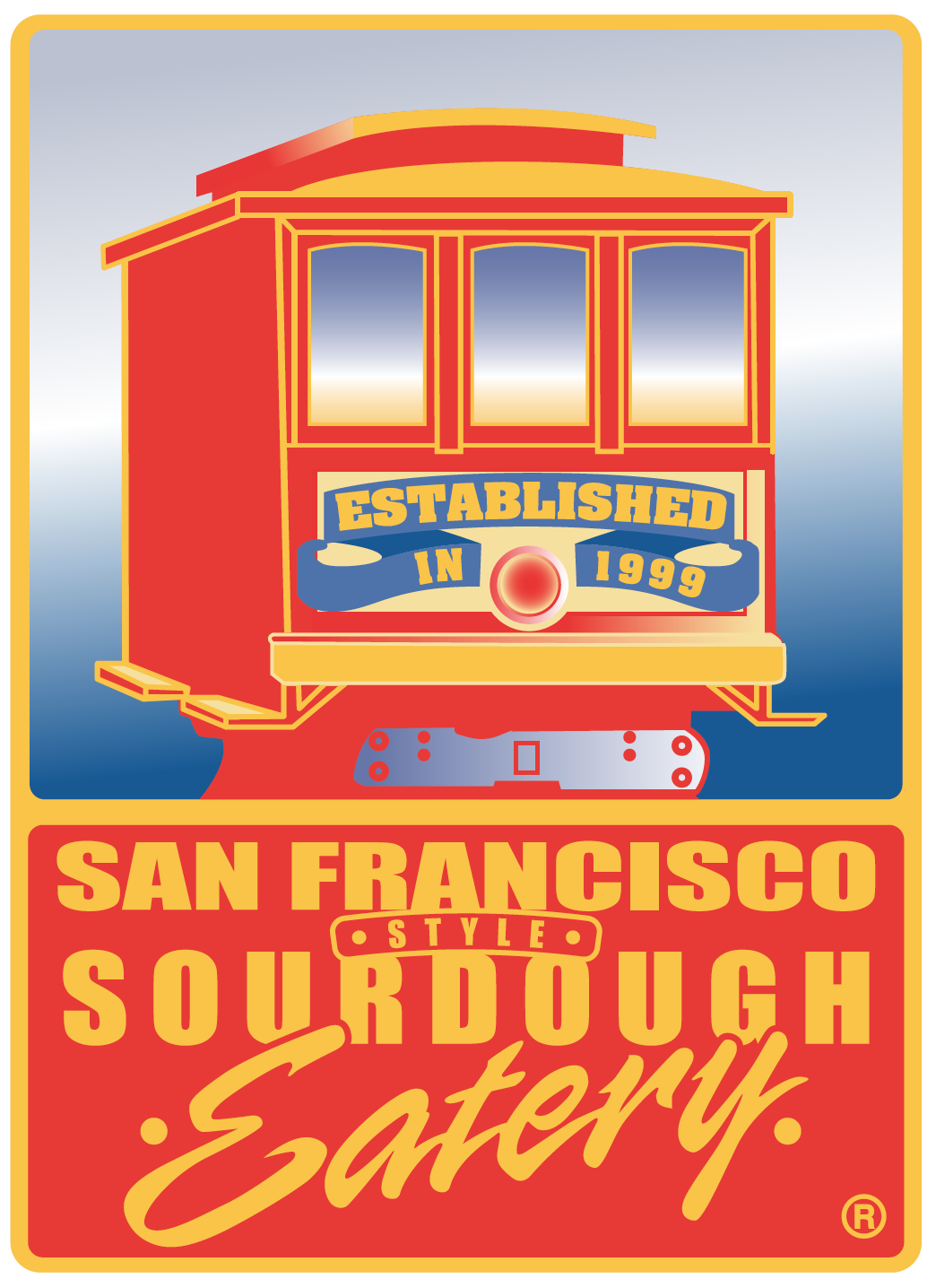How restaurants are offsetting rising operating costs
As business costs increase, personalized customer promotions generate more revenue than passing those costs on to customers.
How restaurants are offsetting rising operating costs
As business costs increase, personalized customer promotions generate more revenue than passing those costs on to customers.
How restaurants are offsetting rising operating costs
As business costs increase, personalized customer promotions generate more revenue than passing those costs on to customers.
net-new transactions per location each month for the average restaurant on Upside
of the industry-wide transaction loss recouped by net-new Upside transactions
Offsetting rising costs without passing the burden to customers
It’s getting more expensive to run a business, and in order to cover those rising operating costs, restaurant owners have been raising their prices. In September 2023, for example, restaurant menu prices were up 5% year-over-year.
In the battle for "share of stomach," we see the direct, negative impact that increasing prices has on consumer behavior. While customers might have been willing to tolerate rising menu prices in 2022 and early 2023, our latest data shows they’re no longer willing to foot the bill.
On the whole, restaurants are seeing an average of about 75 fewer transactions per month in 2022 and 2023 compared to 2021, but it’s full-service restaurants (FSR) that are seeing the most decline.
For full-service restaurant (FSR) owners specifically, price increases have led to a 4.3% year-over-year decrease in foot traffic in September 2023, which translated to about $110 less every day compared to 2022.

Quick-service restaurants (QSRs), meanwhile, are seeing higher foot traffic and more profit compared to a year ago.That means that customers are trading down when they dine out.
So if price increases are turning away customers from FSRs, how can restaurant owners cover their rising costs in a customer-friendly way?
Moderate menu price increases, and add personalized promotions
In an ideal world, FSR owners would freeze their menu price increases to avoid driving cost-conscious customers away from their locations — but that’s not realistic advice for every business. In high-inflation environments like these, it’s inevitable that menu prices may have to go up somewhat to cover rising business costs.
Restaurant owners have a tricky line to walk to find the right balance between covering those costs and pushing customers away.
Restaurants on Upside find this balance by moderately increasing menu prices and providing customers with personalized promotions to encourage different behavior from different customers — whether they are first-timers, visit infrequently, or come regularly but could stand to order a few more items.
This is different from providing static promotions based on customer segment. Promotions based on segmentation apply the same benefits to every customer (even those that didn’t need a promotion to visit) and can cannibalize a retailer’s profit. Personalized promotions are specific to each customer based on the kind of incentive they need to behave differently — which ranges from visiting for the first time to ordering dessert.
Upside’s “best of both worlds” strategy allows business owners to cover their costs by:
- capturing more margin from diners who will bear the price increase
- continuing to secure profitable volume from those that are cost-conscious
These promotions motivate customers to change their behavior in a precise way, which helps restaurant owners to optimize their capacity utilization. A table sitting empty is a wasted opportunity to earn revenue at no additional cost, but Upside can put a restaurant’s spare capacity to work in an efficient way.
Net-new transactions create a revenue stream that offsets rising costs
The average restaurant on the Upside platform sees an additional 30 transactions per month. More than half of those visits come from net-new customers, and the rest comes from the increased frequency of visits by existing customers. Those 30 new transactions make up about 40% of the decrease in average monthly transactions that restaurants are experiencing in 2022 and 2023 — no additional effort from the business owner required.
Want to learn more? Connect with us to see how Upside can help your business cover its rising costs without turning away customers.
Share this article:
Retailer profile

Retailer case study
Restaurant
net-new transactions per location each month for the average restaurant on Upside
of the industry-wide transaction loss recouped by net-new Upside transactions
Offsetting rising costs without passing the burden to customers
It’s getting more expensive to run a business, and in order to cover those rising operating costs, restaurant owners have been raising their prices. In September 2023, for example, restaurant menu prices were up 5% year-over-year.
In the battle for "share of stomach," we see the direct, negative impact that increasing prices has on consumer behavior. While customers might have been willing to tolerate rising menu prices in 2022 and early 2023, our latest data shows they’re no longer willing to foot the bill.
On the whole, restaurants are seeing an average of about 75 fewer transactions per month in 2022 and 2023 compared to 2021, but it’s full-service restaurants (FSR) that are seeing the most decline.
For full-service restaurant (FSR) owners specifically, price increases have led to a 4.3% year-over-year decrease in foot traffic in September 2023, which translated to about $110 less every day compared to 2022.

Quick-service restaurants (QSRs), meanwhile, are seeing higher foot traffic and more profit compared to a year ago.That means that customers are trading down when they dine out.
So if price increases are turning away customers from FSRs, how can restaurant owners cover their rising costs in a customer-friendly way?
Moderate menu price increases, and add personalized promotions
In an ideal world, FSR owners would freeze their menu price increases to avoid driving cost-conscious customers away from their locations — but that’s not realistic advice for every business. In high-inflation environments like these, it’s inevitable that menu prices may have to go up somewhat to cover rising business costs.
Restaurant owners have a tricky line to walk to find the right balance between covering those costs and pushing customers away.
Restaurants on Upside find this balance by moderately increasing menu prices and providing customers with personalized promotions to encourage different behavior from different customers — whether they are first-timers, visit infrequently, or come regularly but could stand to order a few more items.
This is different from providing static promotions based on customer segment. Promotions based on segmentation apply the same benefits to every customer (even those that didn’t need a promotion to visit) and can cannibalize a retailer’s profit. Personalized promotions are specific to each customer based on the kind of incentive they need to behave differently — which ranges from visiting for the first time to ordering dessert.
Upside’s “best of both worlds” strategy allows business owners to cover their costs by:
- capturing more margin from diners who will bear the price increase
- continuing to secure profitable volume from those that are cost-conscious
These promotions motivate customers to change their behavior in a precise way, which helps restaurant owners to optimize their capacity utilization. A table sitting empty is a wasted opportunity to earn revenue at no additional cost, but Upside can put a restaurant’s spare capacity to work in an efficient way.
Net-new transactions create a revenue stream that offsets rising costs
The average restaurant on the Upside platform sees an additional 30 transactions per month. More than half of those visits come from net-new customers, and the rest comes from the increased frequency of visits by existing customers. Those 30 new transactions make up about 40% of the decrease in average monthly transactions that restaurants are experiencing in 2022 and 2023 — no additional effort from the business owner required.
Want to learn more? Connect with us to see how Upside can help your business cover its rising costs without turning away customers.
Share this article:
Request a demo
Request a demo of our platform with no obligation. Our team of industry experts will reach out to learn more about your unique business needs.















